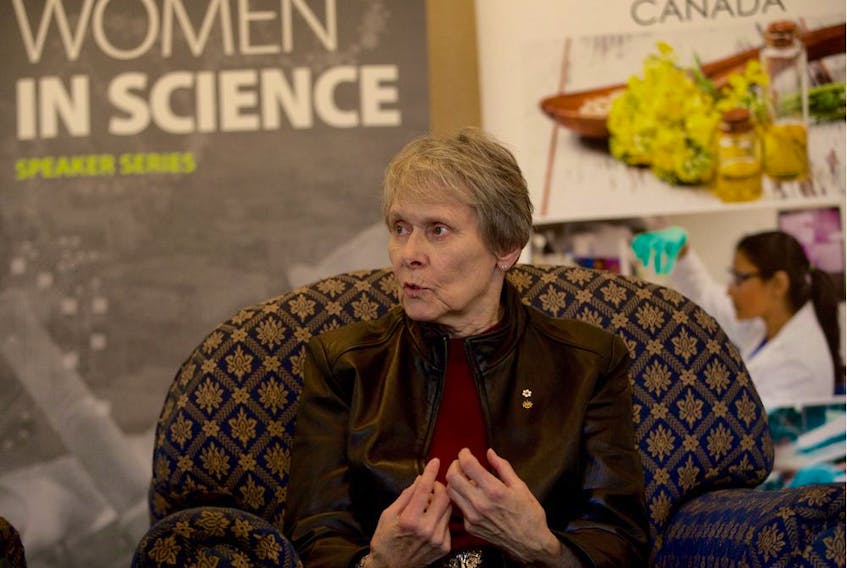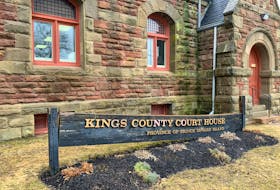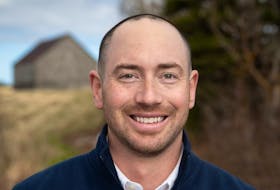When Dr. Roberta Bondar looked out the shuttle window, Earth didn’t quite look like a big blue marble, but it certainly looked vulnerable.
“Looking at the Earth from space for me was cementing the reality that we’re on a planet,” she said. “There’s nobody out there that’s going to help us but ourselves.”
Bondar’s talk at the University of Saskatchewan on Tuesday evening was part of the Whelen Lecture and Women in Science Speaker Series. As a payload specialist on the Space Shuttle Discovery, she orbited the Earth 129 times over about eight days in January 1992. She was Canada’s first female astronaut and the first neurologist in space.
While her research in Spacelab focused primarily on the effects of space travel on the human body, being in space greatly changed her mind as well, giving her a new understanding of the future of the planet, she said.
Beyond her work as a medical scientist, she formed the Roberta Bondar Foundation with the intention of educating people about the health of the environment.
“I think the physician thing is what ties it all together. It’s about the health of the planet. So if you take care of Earth, you take care of us,” she said.
The foundation’s Avian Migration Aerial Surface Space (AMASS) project, also known as Protecting Space for Birds, is the culmination of a decades-long interest in the natural word and her work as an astronaut.
Partnering with NASA, the project documents the migratory paths of birds declared threatened or endangered. Bondar shoots photos of the birds on Earth, while up in the International Space Station, photos of their paths are taken based on coordinates her foundation provides.
“Astronauts fly like birds do. We go across international boundaries because we don’t see them from space and as birds they don’t either,” she said. “And yet they are really very vulnerable to policies and directives made by these different countries over which migratory birds fly.”
Astronauts and birds can cross Earth’s boundaries, but it’s the smaller-scale sociopolitical ones that are difficult to escape.
Referring to recent news of the cancellation of NASA’s all-female spacewalk, Bondar said she’s also experience that kind of scenario, where women are “out-engineered” from a program.
“Certainly the Space Shuttle, when it was built it didn’t have women in mind. When the Challenger accident happened and they retrofitted a whole bunch of survival equipment and ejection stuff, a lot of it is very difficult for women to do,” she said. “But it doesn’t mean we can’t do it. It’s just that, come on, let’s just engineer it so that we’re not trying to exclude people.”
Bondar compared seeing Earth for the first time to meeting a celebrity — someone who existed out of perception suddenly becoming a fully-formed, living being.
“You know it’s a planet, but man, you should get off and see what a planet looks like. It’s the Earth, it’s the largest thing we’ve ever seen. It’s a life form.”
By Amanda Short
Copyright Postmedia Network Inc., 2019









